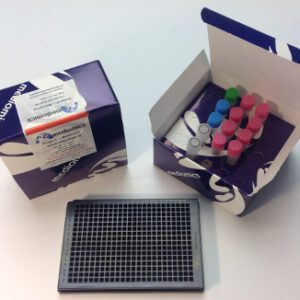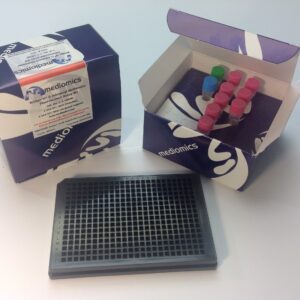384-well
Showing all 9 results
-

Bridge-It® cAMP-Phosphodiesterase (PDE) Assay Kit, 384-well format
$175.00 – $495.00 -

Bridge-It® L-Methionine (L-Met) Fluorescence Assay Kit, 384-well format
$175.00 – $495.00 -

Bridge-It® L-Tryptophan Fluorescence Assay Kit for Plasma and Serum Samples, 384-well format
$175.00 – $495.00 -

Bridge-It® L-Tryptophan Fluorescence Assay Kit, 384-well format
$175.00 – $495.00 -

Bridge-It® S-Adenosyl Methionine (SAM) Fluorescence Assay Kit, 384-well format
$175.00 – $495.00 -

TR-FRET Bridge-It® L-Methionine (L-Met) Fluorescence Assay Kit, 384-well format
$175.00 – $525.00 -

TR-FRET Bridge-It® L-Tryptophan Fluorescence Assay Kit for Plasma and Serum Samples, 384-well format
$175.00 – $525.00 -

TR-FRET Bridge-It® L-Tryptophan Fluorescence Assay Kit, 384-well format
$175.00 – $525.00 -

TR-FRET Bridge-It® S-Adenosyl Methionine (SAM) Fluorescence Assay Kit, 384-well format
$175.00 – $525.00



